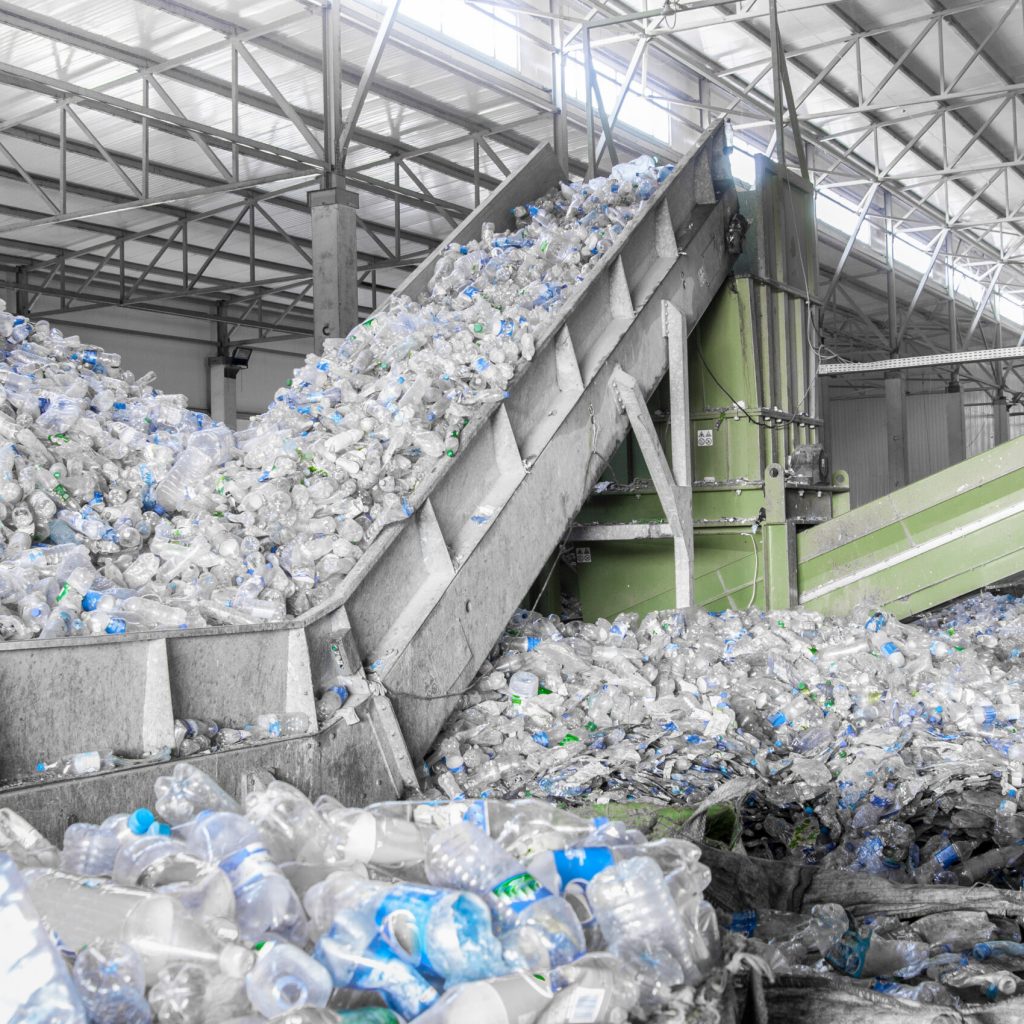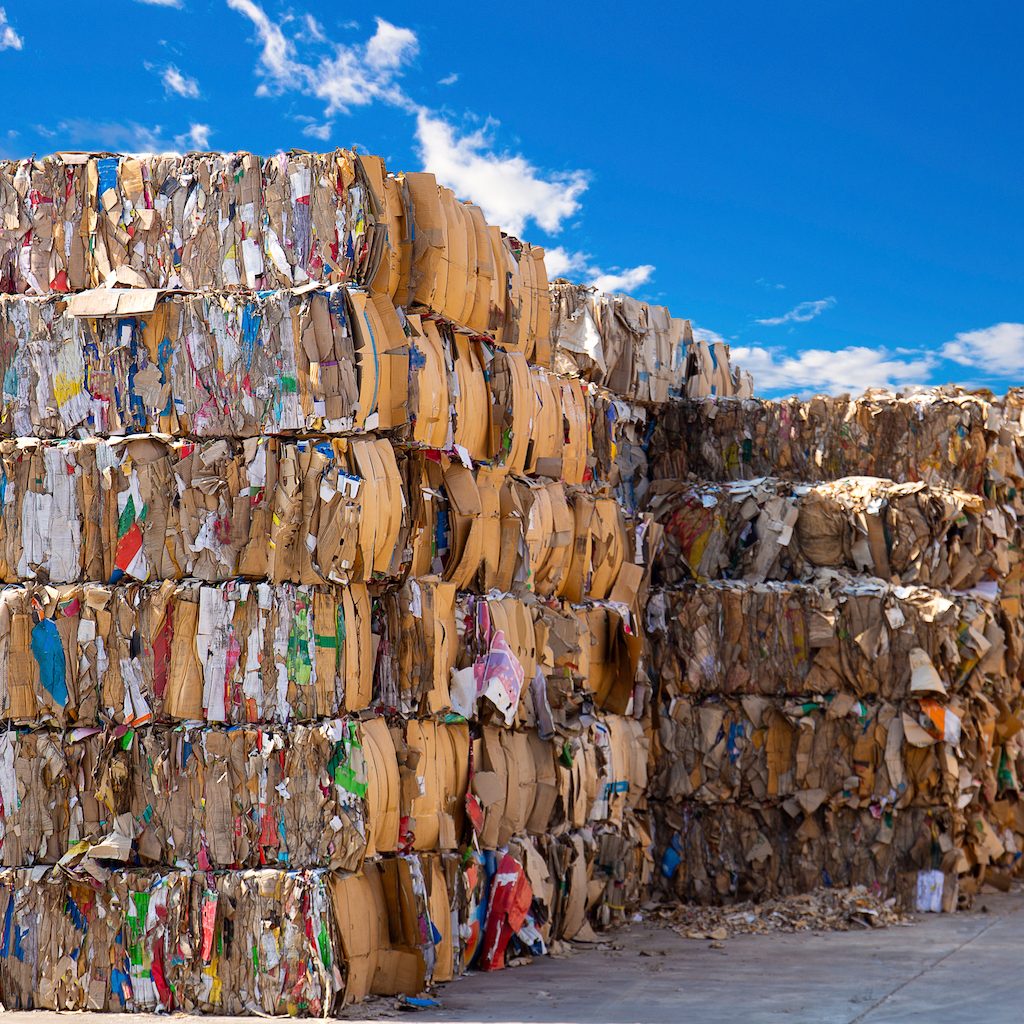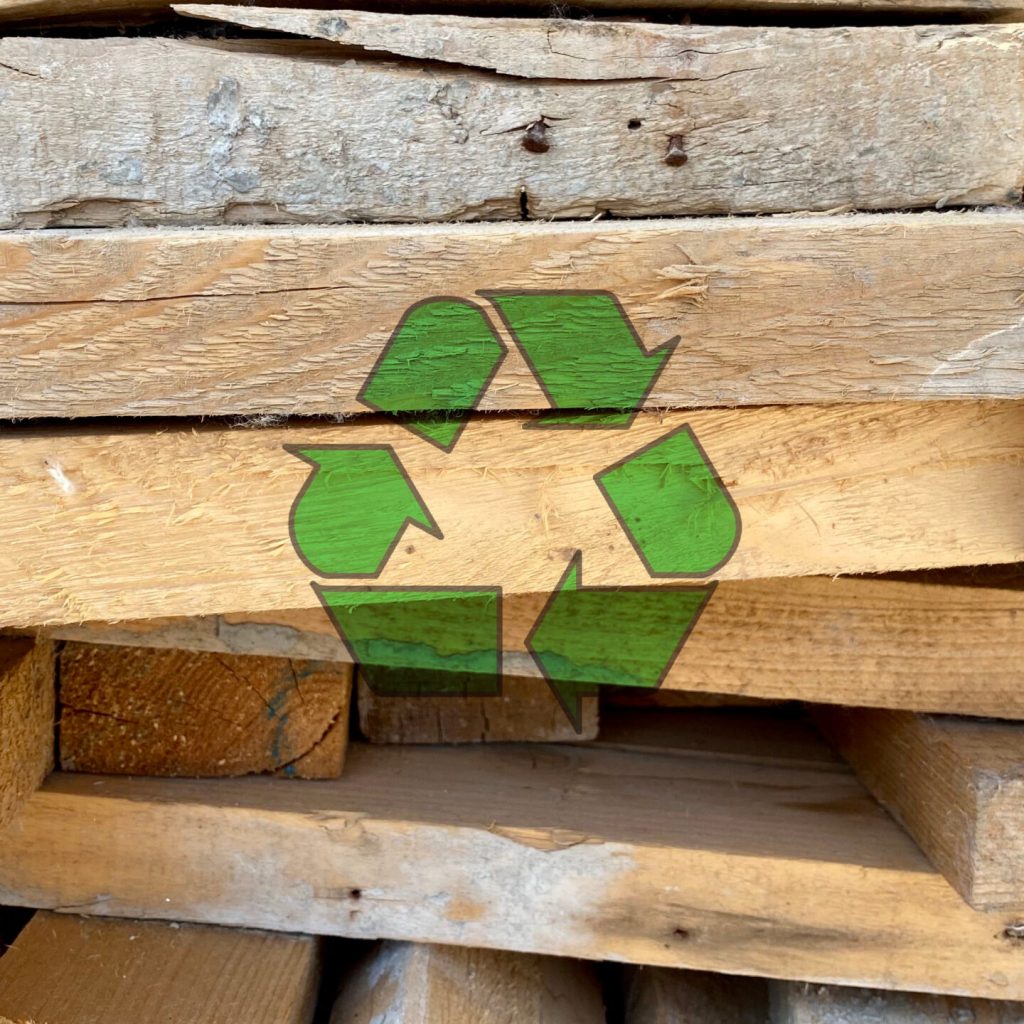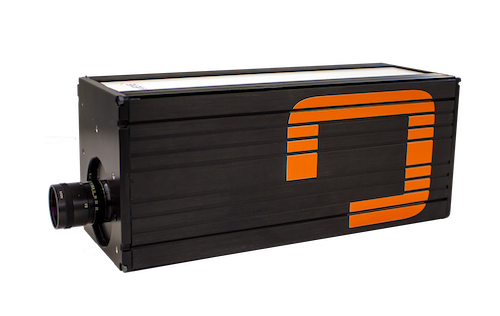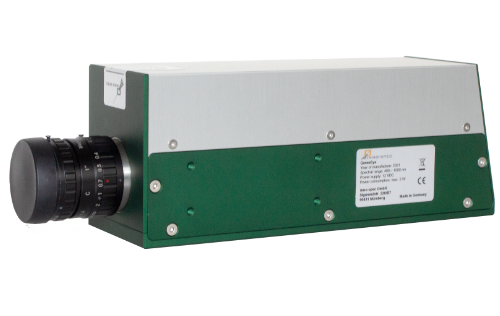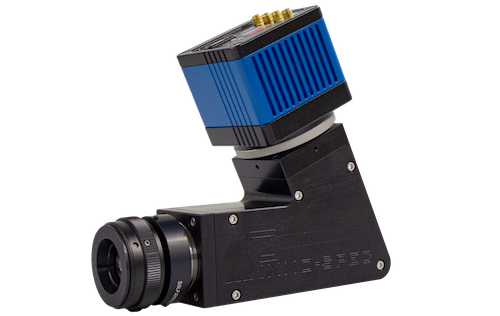Hyperspectral Imaging
in the recycling industry
The added value for your recycling economy
Sort-clean waste separation - more efficient than ever thanks to HSI
Recycling is practised environmental protection: It conserves raw materials and the climate and helps to reduce the increasing worldwide waste occurence. High recycling rates are already being achieved in many areas. However, it is not only the amount of recycled material that counts, but also its quality. Whether it is household waste, construction waste or industrial waste: For an efficient circular economy, recyclable raw materials must be removed automatically and fast from the waste stream and be sorted by type. HSI cameras from INNO-SPEC can help with this: In addition to different material classifications, they make coatings, contaminations, and basic components visible. They are suitable for millimeter-sized waste particles as well as for objects up to half a meter in diameter or more. High recording speed, precise results and efficient data analysis tools speed up the sorting process and ensure a consistently high quality of the recycled material.

Application examples in the circular economy
Plastic recycling
Plastic is not just plastic: Depending on the base polymer, such as PE, PP or PVC, the materials have specific properties which must be retained after recycling. In order to recycle them efficiently, they must therefore be sorted as precisely as possible. INNO-SPEC’s HSI cameras help differentiate plastics based on polymer type – with shredded flakes as well as with entire plastic parts such as bottles. In addition to base polymer, the systems can also recognize additives or coatings. This enables sorting out or complying with certain upper limits for admixture. Another important sorting criterion is color: Recyclates made from mixed colors are often grayish and only partially suitable for high-quality plastic items. Effective coloring is therefore only possible for transparent or colorless recycle material. Systems that also measure color information in addition to NIR information, such as the combination of RedEye and ColEx, can be used to separate polymer type and colorfulness vs. transparency in one operation.
Paper recycling
Paper recycling is a complex process: On the one hand, foreign objects such as metal clips or plastic films often end up in the container with paper and cardboard. On the other hand, even “pure” paper occurs in many variants: They differ, for example, in length and orientation of the cellulose fibers or in functional additives. To ensure the best quality of recycled items, paper needs to be sorted into subgroups with similar properties. HSI cameras from INNO-SPEC can identify foreign substances and heavily soiled cardboard. At the same time, they can analyze papers with respect to their properties. This makes sorting easier and increases the quality of the recycled items.
Building materials recycling
Building materials consume a large proportion of the raw materials available worldwide and right now, the construction industry in particular is facing increasing resource scarcity. The recycling of building materials is therefore gaining in importance. The same basic principle as with plastics applies here: The more efficiently similar materials are separated, the higher the quality of the materials after recycling. HSI systems from INNO-SPEC enable fast and efficient sorting of all types of construction waste: they help to separate wood waste into pure wood, plywood or OSB boards. Further, they facilitate the sorting of mineral building materials such as stone, concrete or burnt clay. They also detect asbestos, which simplifies proper disposal. It is also possible to separate plastics such as insulation materials, foils, and pipes.


